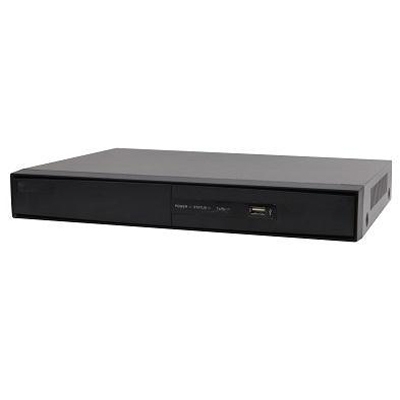Sony Electronics is launching its IPELA ENGINE PRO camera lineup with four rapid dome IP cameras. The new W Series cameras are the most advanced rapid dome cameras in the security industry, with all four featuring the highest-rated optical zoom, fastest pan speed, highest frame rate and widest dynamic range of any full HD camera on the market.
The W Series cameras are the first full HD cameras to feature 130dB of wide dynamic range, which delivers clear picture quality even in strong backlit environments. The W Series IP cameras have all the capabilities found in Sony’s IPELA ENGINE technology platform, along with new features such as gyroscopic image stabilisation, image defogging, and focal plane distortion correction to offer stable images under severe outside conditions.
“These latest additions to our IPELA ENGINE IP camera lineup have unique features that no other manufacturer offers,” said Mark Collett, general manager of Sony Electronics’ Security Systems Division. “Sony invests significant resources into developing the best technologies that set new expectations for image quality and performance. We think this dedication is evident in our new W Series rapid dome cameras and that customers will be enthusiastic about the enhanced capabilities.”
The W Series’ strong feature set makes the cameras ideal for mission-critical or wide area surveillance applications such as airports, stadiums, casinos, and city and border surveillance. All four of Sony’s IPELA ENGINE PRO W Series cameras feature:
- The industry’s leading optical zoom (x30), as compared to x20 optical zoom found in most IP cameras. The higher optical zoom makes it possible to capture high resolution video at wider ranges and further distances.
- 130 dB of wide dynamic range that produces true-to-life colour and detail even in extremely backlit conditions.
- Pan, tilt, zoom capabilities featuring continuous 360 degree pan movement at the industry-leading speed of 700 degrees per second. This enables camera operators to quickly pan to areas of interest.
- Unique image stabilisation technology with gyroscope sensors that detect and correct camera shake, which often results from weather or other factors such as planes or cars.
- Focal plane distortion correction by high-speed sensor readout at 120 frames a second in full HD. This corrects for image distortion when panning and allows vertical lines, such as tall buildings, to remain straight.
- Defogging mode that increases image visibility in poor weather conditions such as rain, fog or smog.
- 60 frames per second in full HD, which is double the number of frames offered by conventional HD IP cameras. This provides smoother, more detailed video that is easier to analyse frame by frame.
The SNC-WR630 and SNC-WR600 are rated for indoor use with full HD and HD resolution. The SNC-WR632 and SNC-WR602 unitised models are IP66 rated for outdoor use with full HD and HD resolution. The cameras are planned to be available through Sony’s product distribution channel starting in early November.























